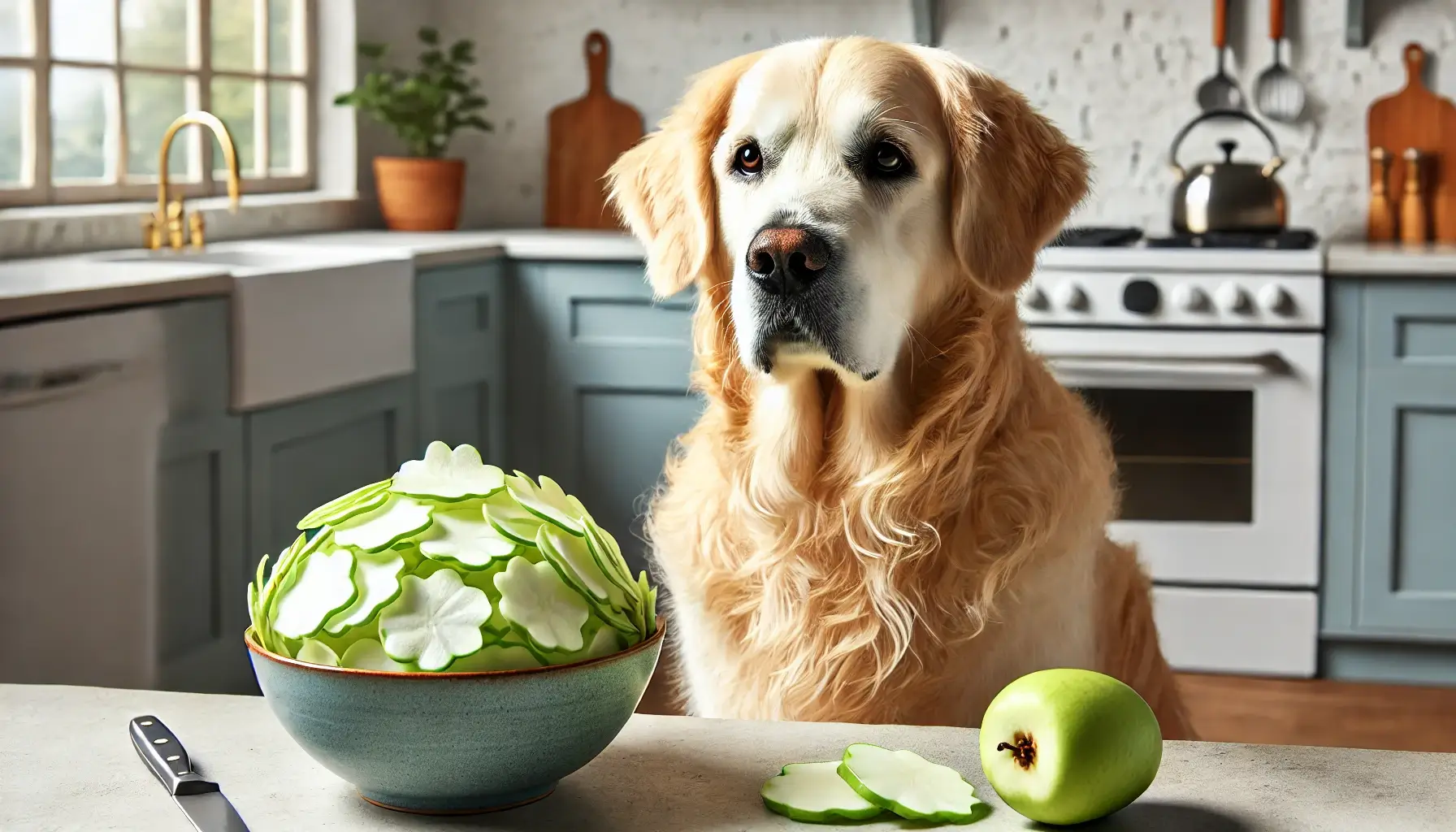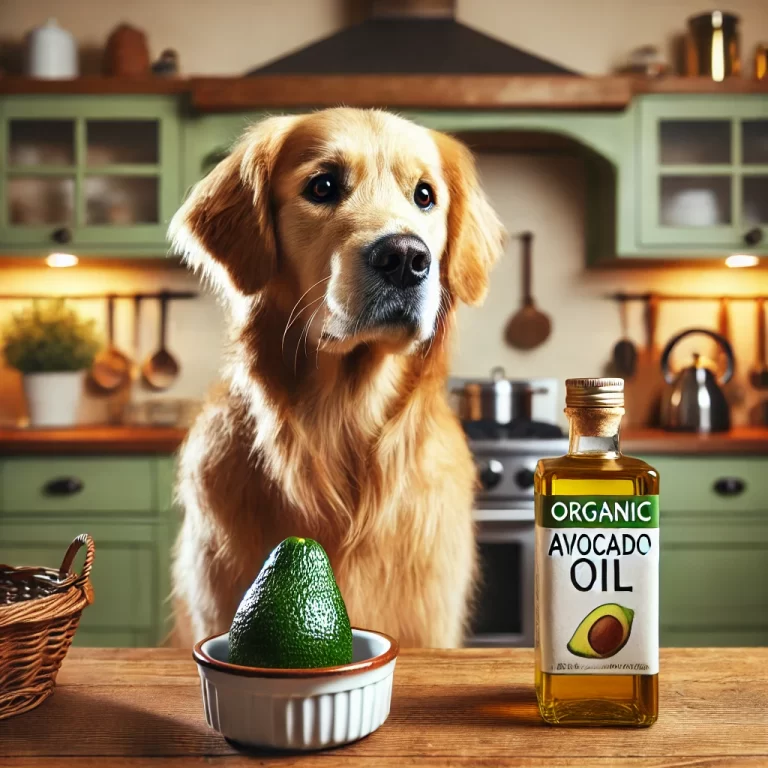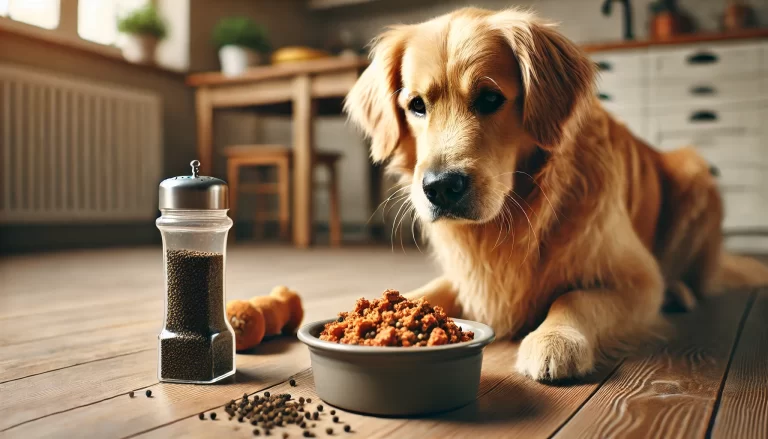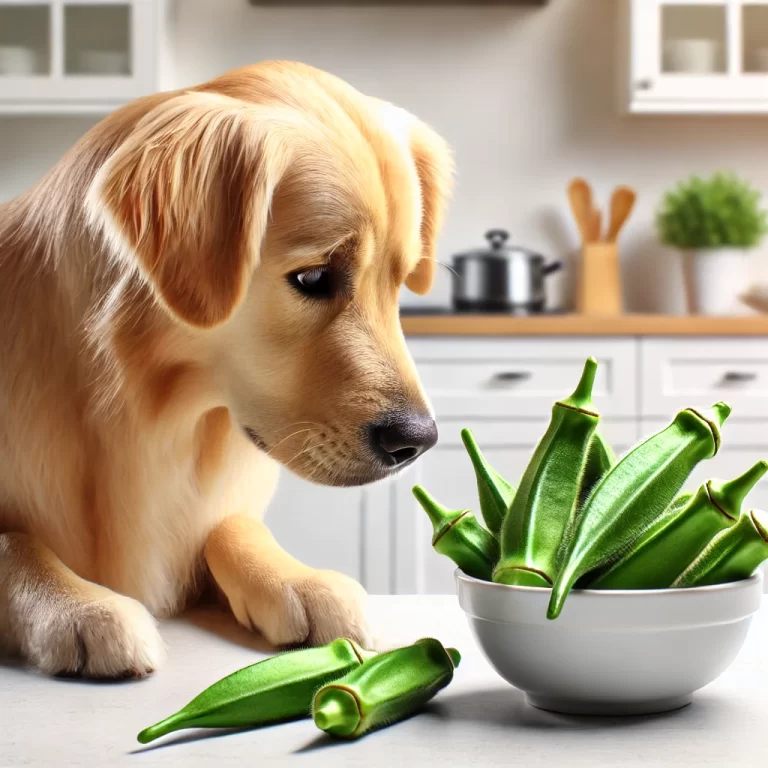Can Dogs Eat Jicama? Risks, Dangers & Safer Alternatives
Jicama, also known as Mexican yam bean or Mexican turnip, is a crunchy, slightly sweet root vegetable that is enjoyed in many dishes worldwide. If you’re a dog owner, you may wonder, “Can dogs eat jicama?” The short answer is: Yes, but only certain parts. While the flesh of jicama is safe for dogs, other parts like the skin, leaves, seeds, and stems are toxic.
In this guide, we’ll discuss the benefits, risks, and best ways to feed jicama to your dog to ensure they enjoy it safely.
Is Jicama Safe for Dogs?
Safe Parts of Jicama for Dogs
The white, crunchy flesh of jicama is completely safe for dogs. It is packed with beneficial nutrients, including fiber, vitamins, and antioxidants, making it a great low-calorie snack for your pup.
Toxic Parts of Jicama
While the flesh is dog-friendly, other parts of the plant contain toxins like rotenone, which can be harmful to your pet. You should never let your dog consume:



Health Benefits of Jicama for Dogs
Jicama isn’t just a crunchy treat—it also offers several health benefits for dogs:
1. Rich in Fiber for Better Digestion
Jicama is high in dietary fiber, which can aid in digestion and support a healthy gut. Fiber helps regulate bowel movements and can prevent constipation in dogs.
2. Low in Calories and Fat
If your dog is on a weight management plan, jicama is a great low-calorie treat. It’s low in fat and high in water content, making it a refreshing and hydrating snack.
3. High in Vitamin C for Immune Support
Jicama is packed with vitamin C, an antioxidant that helps boost the immune system and fight off infections.
4. Contains Inulin for Gut Health
Jicama is a natural source of inulin, a prebiotic fiber that supports the growth of healthy gut bacteria, promoting better digestion and overall gut health in dogs.
5. Provides Essential Minerals
Jicama contains potassium, magnesium, and iron, which support heart health, muscle function, and energy levels.

Potential Risks of Feeding Jicama to Dogs
1. Choking Hazard
Jicama is firm and crunchy, so large pieces can pose a choking risk. Always cut it into bite-sized pieces before feeding it to your dog.
2. Too Much Fiber Can Cause Stomach Issues
While fiber is beneficial, too much can cause diarrhea or an upset stomach. Start with small portions and observe how your dog reacts.
3. Raw vs. Cooked Jicama – Which is Better?


How to Safely Feed Jicama to Dogs
Here’s how you can introduce jicama into your dog’s diet:
Step 1: Wash and Peel the Jicama


Step 2: Cut into Small Pieces

Step 3: Serve it Raw or Cooked



Step 4: Watch for Any Reactions


FAQs About Dogs Eating Jicama
1. Can Dogs Eat Jicama Sticks?
Yes, but only the peeled white flesh. Avoid feeding them the skin or raw whole jicama.
2. How Much Jicama Can Dogs Eat?
Moderation is key! A few small pieces (1-2 teaspoons for small dogs, up to 2 tablespoons for larger dogs) are safe and beneficial.
3. Can Puppies Eat Jicama?
Yes, but only in very small amounts since their digestive systems are more sensitive.
4. Can Dogs Eat Jicama Daily?
It’s best as an occasional treat rather than a daily food. Too much fiber can cause stomach upset.
5. What If My Dog Accidentally Eats Jicama Skin or Leaves?
Watch for symptoms like vomiting, diarrhea, or lethargy. If you notice any signs of poisoning, contact your veterinarian immediately.
Final Verdict: Can Dogs Eat Jicama?


Jicama can be a nutritious, crunchy treat that supports digestion, immune function, and overall health. Just be sure to introduce it gradually and in small portions to avoid any digestive issues.
Would you like to see more dog-friendly food guides? Let us know in the comments!







